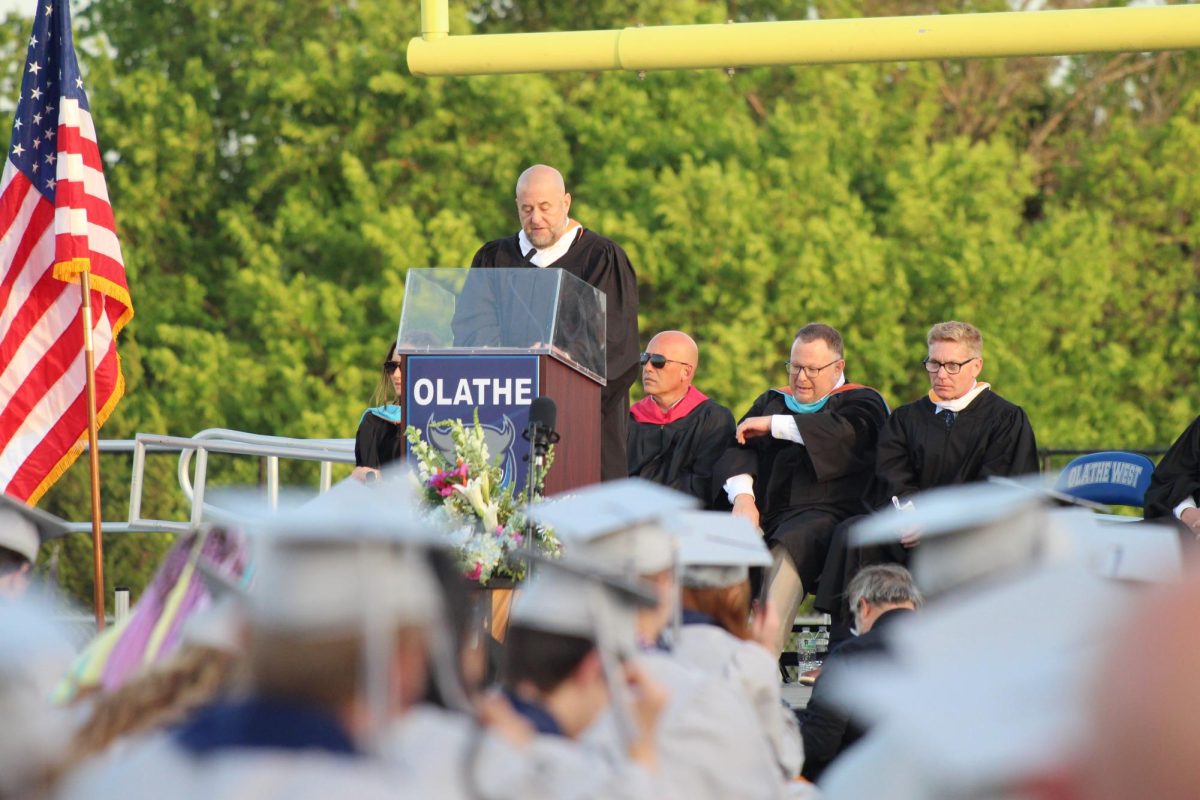Holidays From Around The World
December 22, 2022
When it comes to the holiday season, many people in the world tend to only think about Christmas, but it’s important that we recognize and learn about other cultures and their celebrations as well.
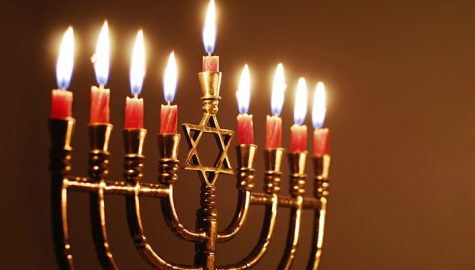
One of the most well known and celebrated holidays in the world is Hanukkah. Hanukkah, celebrated in the Jewish religion, is a holiday that lasts eight days and commemorates the rededication of the Second Temple of Jerusalem by lighting a candle on the Menorah each day of the celebration. During this time, many families celebrate by eating treats, gift giving, playing a game with a Dreidel, as well as reciting special prayers, reading scriptures, and singing special hymns.
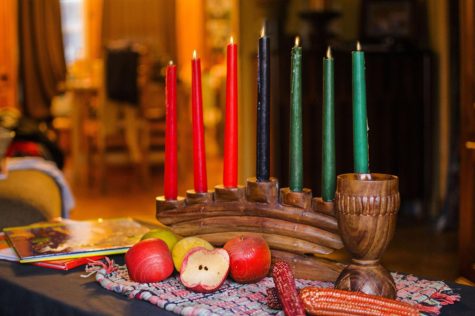
Another fairly well known holiday is Kwanzaa. Kwanzaa is a celebration of life and culture that lasts seven days and is celebrated by the African-American culture. In a similar fashion to Hanukkah, candles are lit during the seven days of Kwanzaa. The black candle is to symbolize the priority of the people, red is to show the importance of their struggles, and green is to show a good future. During this holiday, many families celebrate by singing and dancing, storytelling, poetry reading, African drumming, as well as feasting. Many of the dances and food comes from the Caribbean in order to honor ancestors who traveled due to the African Diaspora.
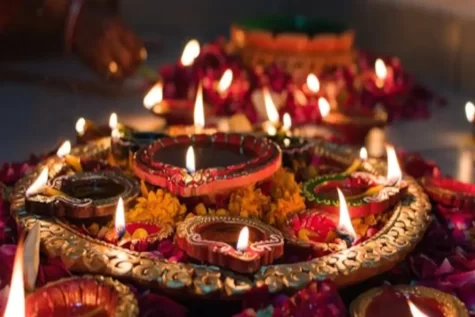
In India and Hindu culture, Diwali, or also known as the Festival of Lights, is a five day celebration that begins on the New Moon during the Hindu month of Kartik, or mid-Oct. to mid-Nov. for us. This holiday is the celebration of light over darkness, good over evil, and the ability to overcome hardships. During this five day celebration, many people cook and eat good food, set off fireworks, light oil lamps, and decorate areas with colored sand.
Celebrated in the Nordic countries, along with Germany, Yule is a Pagan holiday that celebrates the Winter Solstice and that the days will slowly become longer. Yule is usually celebrated for 12 days, which is where we get the “12 days of Christmas” from. During this celebration, many people decorate their homes with greenery, hang ornaments on trees, go caroling, and give gifts. If these things sound familiar, it’s because many activities we celebrate in America, among other countries, originate from the Pagan culture.
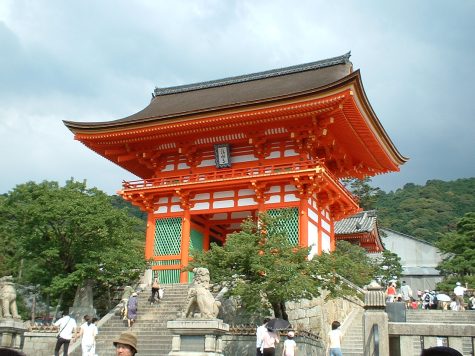
On Dec. 31, what we call New Years Eve, a similar celebration occurs across the globe in Japan. Omisoka is the celebration of the last day of the year. Originally, before switching to the Gregorian calendar at the beginning of the Meiji era, the celebration would take place on the final day of the 12th lunar moon. During this celebration, many families eat with friends and families, clean their houses, settle debts, bathe, purify their home of evil spirits, and once done, they spend the rest of their year relaxing. Their final meal of the day is with their families, where they eat toshinori soba (noodles) because they believe that eating long noodles will grant you a long life and will help you cross from one year into the next.
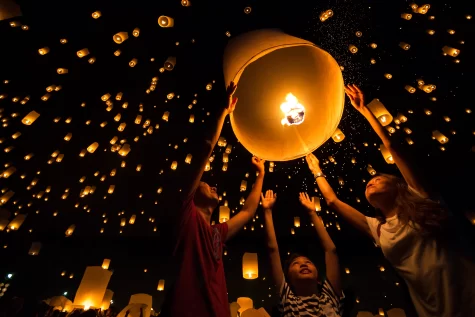
On the same side of the world, in China, the well known Lantern Festival, or also known as the Yuan Xiao Festival, is celebrated in honor of deceased ancestors on the 15th day of the first month (Yuan) of the lunar calendar. This day doubles as a celebration of the new year. On this day, many families celebrate by eating rice balls, as well as sending off lanterns into the sky once the night comes. The purpose of the lanterns is to let go of their past selves and to gain new ones, where they will release next year.
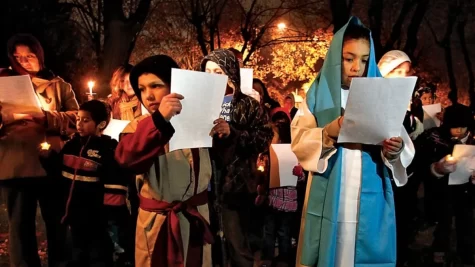
Closer to home, Las Posadas is a religious festival that lasts from Dec. 16 to Dec. 24 and is celebrated in Mexico, Guatemala, Honduras, and various Latin Countries. The purpose of this holiday is to commemorate the journey of Mary and Joseph, from Nazarenth to Bethlehem, in their search for a safe place to give birth to Jesus. During this time, people will dress up and reenact the journey of Mary and their search. After said event, everyone involved will go over to someone’s house and hold a party. At these gatherings, among other times, many of the dishes that are eaten are traditional dishes such as tamales, pozole, buñuelos, atole, and much more.
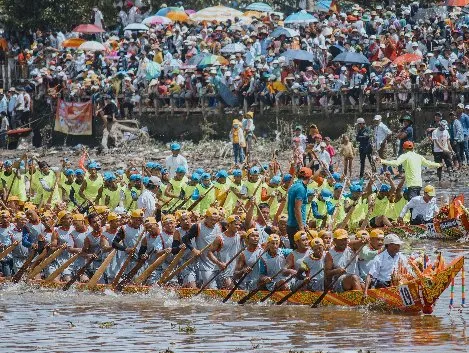
In Cambodia, a celebration known as Bon om Touk, or also known as the Cambodian Water Festival, is a festival that lasts three days. This celebration is to commemorate the end of the rainy season, as well as the change in flow of the Tonlé Sap River. During this festival, many people gather in Phnom Penh to see the boat races, see fireworks, watch concerts, and eat good food.
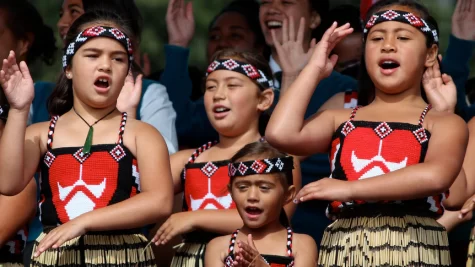
In New Zealand, Waitangi Day, or also known as the national day of New Zealand, is a holiday that takes place on Feb. 6 of every year in order to celebrate the signing of the Treaty of Waitangi. The Treaty of Waitangi was a treaty signed in the late 1800s that created the country we now know as New Zealand, and it also allowed the Māori to stay there as Māori. During this indigenous holiday, many people go to the Waitangi Day ceremony event, begin tracing their family history, honor the history of the culture, as well as eat good foods.





